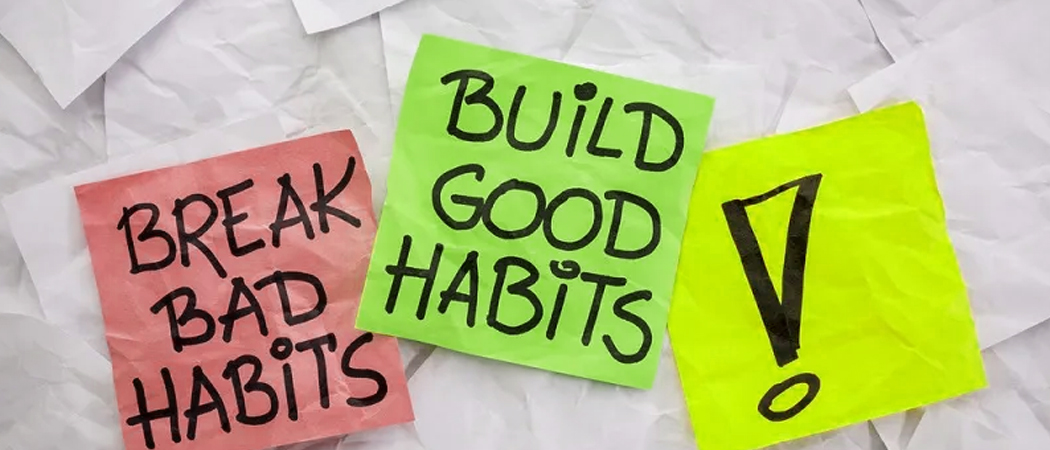Effective habit formation?
You usually have good intentions but you struggle to get new habits to stick?
No-one has ever shared the secrets to highly effective habit formation with you before?
Like 90% of people, you’ve always relied on motivation and willpower alone to get you through?
Willpower has probably worked for you when you’ve really wanted something bad enough. However, too often you find that you set out to change break a bad habit, or create a new healthy one, only to struggle to make it stick for good.
No sweat! You’re reading the right article.
Consider this about habit formation first!
Effective habit formation, if it is to be most powerful, is dependent on implementing repeatable strategies that are aimed at creating alignment with your personal value system. Identifying your personal character strengths is a great place to start when seeking to identify your values.
Consider this quote…
“What will make you jump up and really feel -not think, feel- ‘My health and vitality are my most important priorities because they are what enable me to bring the best of me to everything I do and everyone I love’?” Helen Popovic
Right then, here’s the secrets to effective habit design.
Thanks to their lives being dedicated to cracking the secrets to better habit design, B.J Fogg (‘Tiny Habits’), and James Clear (‘Atomic Habits’), offer their evidence-based take on supporting us to do just that.
Let’s firstly take a look at B.J Fogg’s key thoughts and strategies, relating to his tiny habits philosophy.
5 Key takeaways from B.J Fogg
- With the Tiny Habits method, you focus on small actions that you can do in less than thirty seconds. Tiny – is fast; can start now; is safe; can grow big; doesn’t rely on motivation or willpower; and is transfomative.
- The Anatomy of Tiny Habits: 1. Anchor Moment (eg: brushing your teeth-reminds you to do the new behaviour); 2. New Tiny Behaviour (eg: doing 2 pushups-done immediately after the Anchor moment); 3. Instant Celebration (immediately after the new behaviour to create positive emotions).
- Three variables drive changing behaviours: B=MAP (Behaviour happens when Motivation+Ability+Prompt converge at the same time.
- Grow and Multiply: like a plant, habits can grow naturally and multiply.
- Success momentum: created by the frequency of your successes, not by the size of your successes. Try removing the demotivators.
Now check out what James Clear has to say…
5 Key takeaways from James Clear
- Habits are the compound interest of self-improvement. Good habits make time your ally, bad habits make time your enemy.
- Forget about goals, focus on systems instead. The problem with goals-first mentality is you’re continually putting happiness off until the next milestone.
- Three layers of behaviour change: 1. changing your outcomes; 2. changing your process; 3. changing your identity (self-image).
- Whatever your identity is right now; you only believe it because you have proof of it. So, continuously edit your beliefs and upgrade and expand your identity.
- The process of building a habit: Cue; Craving; Response; Reward. What you crave is not the habit itself but the change in state it delivers.
Share your journey with others
By sharing your positive habits formation journey with someone, you will more quickly develop a skilful awareness of how your desirable habits (hopefully healthy) can be maintained.
Contact us to further explore how we can professionally support your mental fitness, by teaching you strategies for highly effective habit design. From our experience, everyone’s needs are slightly different and you will require a customised approach, to best maximise your success.


